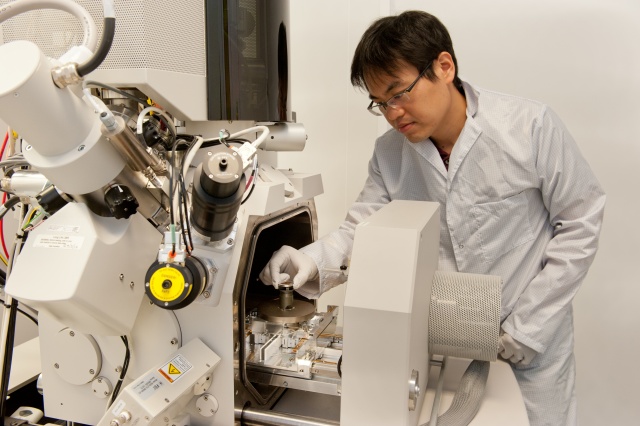SEARCH
Enter your search term below:
Close
Enter your search term below:

WORLD LEADING BUSINESS SUPPORT

Red gold, green gold – a ground-breaking initiative has found a way of changing the colour of the world’s most iconic precious metal.
A University of Southampton team have discovered that by embossing tiny raised or indented patterns onto the metal’s surface, they can change the way it absorbs and reflects light – ensuring our eyes don’t see it as ‘golden’ in colour at all.
The finding results from a major initiative funded by the Engineering and Physical Sciences Research Council (EPSRC) targeting the development of a new generation of nanotechnology-enabled materials.
The precise shape and height or depth of the patterns determine exactly how light behaves when it strikes the metal and therefore what colour is created. The technique can be used to produce a wide range of colours on a given metal.
A silver ring, for example, could be decorated with a number of different patterns, making one part of it appear red, another part green and so on; metal features with sophisticated optical properties that would be almost impossible to imitate could be incorporated into documents as security features.
The nano-patterning is carried out at the research level using well-established techniques such as ion beam milling, which may be envisaged as sand-blasting on the atomic scale.
However, the concept may be scaled for industrial production using such processes as nano-imprint, whereby large areas are stamped out from a master template in a manner comparable to CD/DVD production.
“We’ve filed a patent application to cover our work,” Professor Zheludev says, “and we’re currently talking to a number of organisations about taking our breakthrough towards commercialisation.”
Get all the fresh insights first! Stay up-to-date with all the
latest investment news, blogs and all things SETsquared.
Close
Close